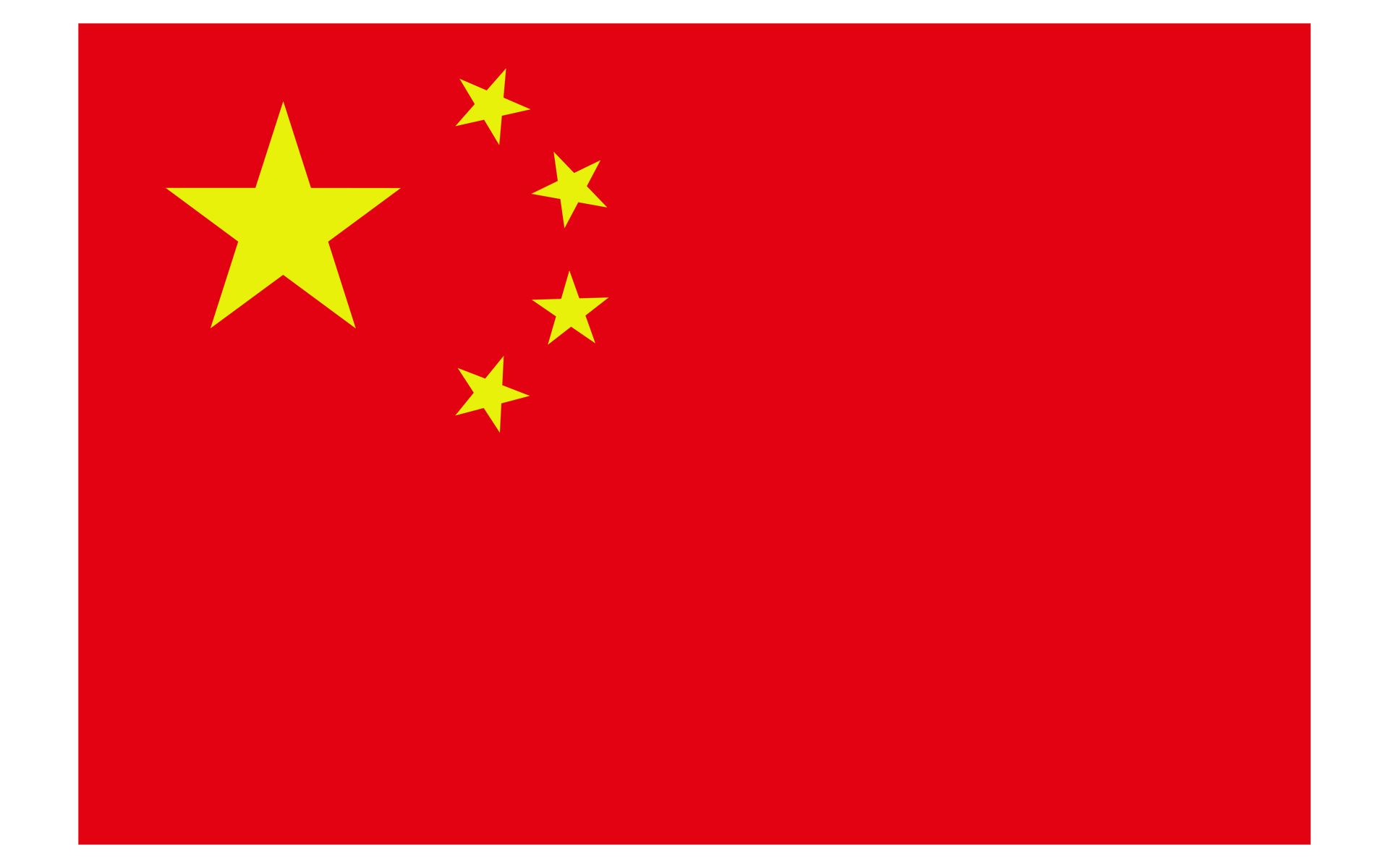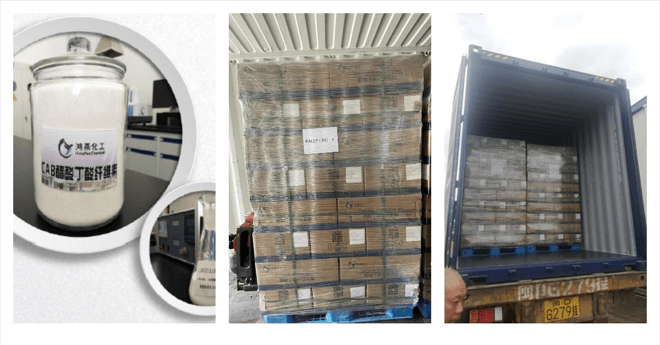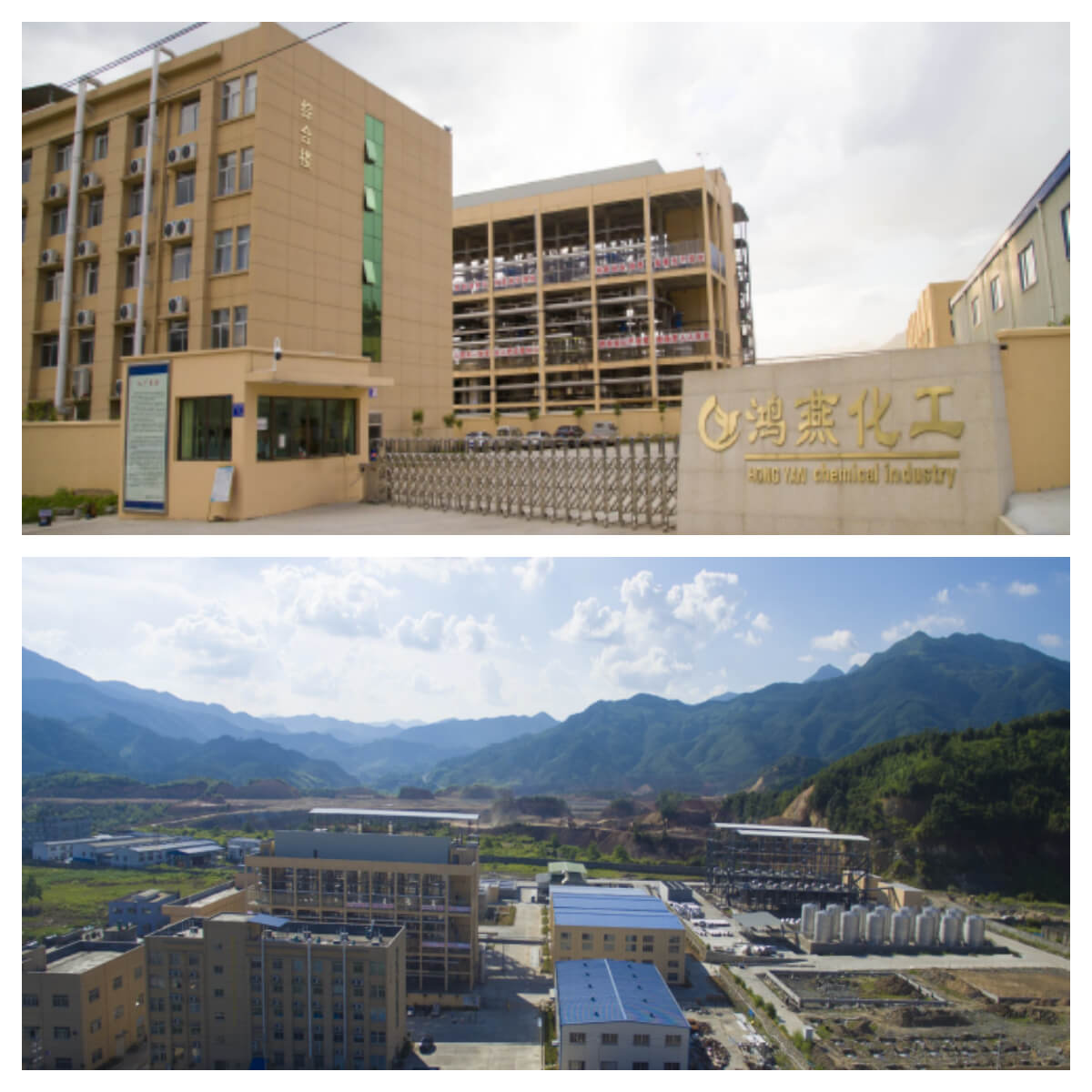Highlights of Cellulose Acetate Butyrate:
▶ Product advantages: Independent intellectual property rights and eight independent patents.
▶ Certificate advantages: Industrial quality meets US and EU testing standards, REACH certificated
Quick Details
Product Name | Cellulose Acetate Butyrate | CAS No. | 9004-36-8 |
Abbreviation | CAB | Grade Standard | Industrial Grade |
Type | 381-0.1, 381-0.5, 381-2, 551-0.01, 551-0.2 | Shelf Life | 12 months |
Appearance | White Powder | Place of Origin | China |
Application | coating, ink, cinematographic base, aerial film base, thin film, oil field natural gas transmission pipeline, tool handle, automotive, aircraft glass lamp, underground telephone cable and cable pipe, steering wheel, sign surface, flash reflector, etc |
Packaging Details | 20 kg/box |
Sea Port | Xiamen, Shanghai |

Introduction of Cellulose Acetate Butyrate (CAB) CAS 9004-36-8
Cellulose acetate butyrate (CAB) is a semi-synthetic polymer usually made by reacting cellulose with acetic acid and butyric anhydride. In this compound, the hydroxyl group of cellulose is partially replaced by acetate and butyrate groups.
Cellulose acetate butyrate has the following characteristics:
Good weather resistance and chemical stability.
Good solvent resistance and solubility resistance.
Good flowability and moldability.
High heat resistance and mechanical strength.
Applications of Cellulose Acetate Butyrate (CAB) CAS 9004-36-8
1. Coatings and inks: In leather coatings, CAB shows excellent flexibility; In inks, it has good miscibility with other resins, improves leveling, and prevents the phenomenon of “runny”. Adding CAB can accelerate the release of solvents from the paint film, shorten the touch drying time, and enhance the abrasion resistance and color stability.
2. Wood, glass and plastic coatings: CAB is widely used in various wood, glass and plastic coatings due to its good water resistance, weatherability and film flexibility.
3. Plastic substrates and films: CAB is used to make highly transparent, weather-resistant plastic substrates and films for movie substrates, aerial photography substrates, and so on.
4. Transparent thermoplastics: Transparent, easy-to-process thermoplastics can be prepared by blending ethylene vinyl acetate copolymers (EV) with cellulose acetate butyrate, or by blending acrylates or methacrylates with EV.
Keywords Related to Cellulose Acetate Butyrate (CAB) CAS 9004-36-8
Cellulose Acetate Butyrate CAS 9004-36-8; Cellulose Acetate Butyrate Polymer; Cellulose Acetobutyrate; Cellulose Acetate Butyrate Supplier; CAB Chemicals Cellulose Acetobutyrate Manufacturer; China Cellulose Acetate Butyrate; Buy Cellulose Acetate ButyrateCellulose Acetate Butyrate Powder; CAB 381-0.1; CAB 381-0.5; CAB 381-2; CAB 551-0.01; CAB 551-0.2
Fujian HongYan Chemical was established in September 2014, and it is located in Jishan Park, Economic Development Zone, Jiangle County. The company is the first enterprise in China that can produce CAB and CAP products, and has independent intellectual property rights and eight patents. The quality of CAB products meets US and EU testing standards, and it widely sold to countries all over the world.

How to contact us?
Please feel free to contact us by Chemball page, email, mobile phone, any way you like! We will try our best to respond ASAP!








